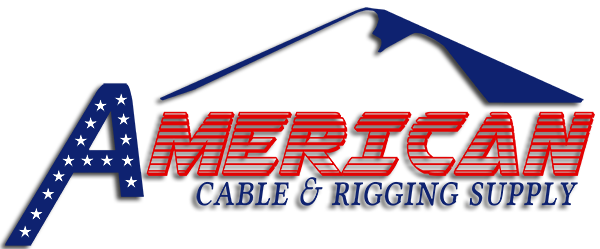
The Basics of Installing Cable Railings
With more than one million Americans injuring themselves on stairs every year, installing cable railings can help mitigate these dangers and prevent falls and injuries. Stainless steel cable railings can be beneficial in both residential and industrial conditions in either indoor or outdoor settings.
Easy Install with a Clean Appearance
One of the largest benefits of cable railings is their ease of installation. Provided you have the proper cable hardware, such as toggle turnbuckles, you can easily install these railing yourself, or have an outside party install them in a short amount of time.
Cable railings can provide a durable solution to both stairs and landings. Because they are created from stainless steel, you don’t have to worry about corrosion or weakening from moisture, even if installed outdoors. The stainless steel also enables them to be much easier to clean than other railing types, ensuring that they aren’t burdensome to care for in residential or industrial environments.
Cable railings also provide a clean and aesthetically pleasing appearance that easily allows them to fit in with modern office buildings, high-end shopping centers, or modern construction homes. Aside from their ease of install and easy upkeep, this visually appealing nature is another large reason as to why so many homeowners and businesses are turning towards then as a solution.
Installing Cable Railings
If you’re interested in installing these railings in your home or place of business, here is what you need to know.
-
- Choosing the Right Railing System
While there are different types of railing systems, many use stainless steel. However, it is important to investigate the different types to ensure you’re getting the best option for your location. Another important thing to keep in mind is safety regulations and specific municipal codes that might dictate certain stipulations on railing systems. - Building the Frame
Depending on the railing system you choose, you have a couple of options. Cable railings can have either composite, steel, aluminum, or wooden frames that hold them in place. Wooden frames are often more common due to the ease of drilling into them to create spaces for the railings to feed into. When the end posts are securely in place, intermediate posts should be added 42 inches apart to ensure stability. - Installing the Wires
For this step, you’ll need a drill, a wrench, pliers, and cable cutters. When you have what you need, determine the number of cable rows you need — keeping in mind that cables should be spaced no more than 3.5 inches apart — and begin marking where on the posts you need holes drilled. Once the drilling is complete, feed the cables through the holes. Toggle turnbuckles can be used on end posts to ensure that wires are securely held into place while giving them the ability to flex as needed. However, keep in mind that toggle turnbuckles need to be properly sized to ensure they will accommodate the diameter of wire you are using. If the toggle turnbuckle is the wrong size you’ll have to put the project on hold until properly sized ones can be installed. - Tighten Wires and Trim
Wires should be tightened so that they won’t fall slack. Start with the middle cable and work outwards alternating up and down until all are sufficiently tightened. The ends of wires can then be trimmed with caps fitted on the end to prevent them from sticking out.
- Choosing the Right Railing System
Cable railings are easier to install than you might think. Whether you’re doing it yourself or having a professional service help you, the project can be completed quickly with little interference. This means both residential and business installations won’t inhibit day to day tasks and can instead be finished without hassle. If you’re interested in installing cable railings, reach out to a supply distributor and see what options would be right for you.
